Dhaka, Apr 20 (V7N)-An estimated quarter of the world's population — about 2 billion people — unknowingly carries a dormant tuberculosis infection.
It's a disease we've known how to treat since the 1950s, and yet tuberculosis (TB) continues to infect some 10 million people and kill a million more every year.
The World Health Organization (WHO) aims to reduce TB cases by 80% by 2030. But control efforts were dealt a blow by Covid-19, which reversed years of progress as attention shifted to addressing the pandemic.
Now TB is again the world's deadliest infectious disease.
While TB disproportionately affects lower-income countries, wealthy nations aren't immune. The United Kingdom reported a 13% rise in TB cases in 2024, threatening its "low TB" status, with one-third of patients experiencing treatment delays.
In January 2025, the US recorded its largest ever outbreak.
What is TB?
Skeletal records from 4,000 B.C. show TB has been infecting humans for thousands of years, spreading through airborne droplets when infected people cough or speak. It's caused by Mycobacterium tuberculosis; a bacterium first identified in the 1880s by German scientist Robert Koch.
But unlike many disease-causing microbes, TB can lie dormant in a person's body for decades without causing symptoms.
When it becomes active — often triggered by weak immunity — it attacks the lungs and can also spread throughout the body. Typical symptoms include a cough producing blood-containing mucus, fever and weight loss.
‘Missing millions’ continue to transmit TB
TB has proven remarkably resilient and difficult to contain.
While there are ways to diagnose and treat the disease, several critical barriers continue to prevent its elimination.
"The price of effective TB tests remains too high," said Jasmin Behrends, an advocacy officer at Doctors Without Borders.
The WHO estimates nearly 3 million TB cases are never diagnosed or reported every year, creating a reservoir for continued transmission. These cases are known as the "missing millions."
"We need to shift from passive to proactive case finding, including intensified case finding, among those who visit health facilities," said Dr Mohammed Yassin, a senior adviser on tuberculosis at the Global Fund.
"[We also need to take these] services to where people are, especially to reach those with high risk and limited access — homes, workplaces, prisons, urban slums and remote communities."
"Children at risk of having TB are often overlooked, either going undiagnosed or facing delays in diagnosis," said Behrends.
TB can develop antibiotic resistance
TB bacteria can develop resistance to antibiotics, especially when treatments are interrupted or incomplete.
Standard TB treatment requires multiple antibiotics taken consistently for six months — a regimen many patients struggle to complete due to side effects, stigma or limited access to health care.
Multidrug-resistant TB requires longer, more toxic and more expensive treatment courses. The WHO estimated 400,000 new cases of drug-resistant TB in 2023 alone.
"Shorter regiments to treat resistant forms of TB have to be implemented worldwide to treat patients with less severe side effects in a much shorter time," said Behrends.
Meanwhile, the first and only TB vaccine, known as the BCG, was developed over a century ago. While it protects children from the most severe forms of TB, it offers minimal protection to adults.
But meaningful opportunities for better vaccines have been limited by funding.
While Covid-19 vaccines received $90 billion in development funding, TB vaccine research has secured just $1.1 billion over the last 11 years.
Dwindling support for TB measures, but hope remains
Recent funding decisions have also raised concerns. The US government's recent move to slash USAID funding, and other nations' cuts to foreign aid, have threatened to undermine progress in high-burden countries at a critical moment.
"[Doctors Without Borders] is gravely concerned about the recent United States funding cuts," said Behrends, "We are already seeing disruptions due to shortages of medical supplies and staff not being paid."
"Sustained international financing is essential to the global fight against TB. Any reduction in funding — whether temporary or long term — can have real and immediate effects on people’s lives," said Yassin.
Can tuberculosis be eradicated?
New molecular diagnostic tools can detect TB in hours rather than weeks, allowing for faster treatment. Meanwhile, several candidates for TB vaccines are in late-stage clinical trials.
The Tuberculosis Vaccine Accelerator Council, launched in 2023, aims to speed up development by applying lessons from the Covid-19 response.
But ending TB will require multi-sector action: strengthening health care systems, addressing poverty and malnutrition, improving housing conditions to reduce transmission and ensuring universal access to diagnosis and treatment.
A UN high-level meeting on TB in 2023 renewed these commitments, but translating promises into action remains the critical challenge.
"TB is no longer a silent epidemic," said Yassin.
"Advocates, survivors, scientists and donors are coming together to demand change. The momentum from the 2023 UN high-level meeting on TB shows that global leaders recognize the urgency — and the opportunity — to end TB within our lifetime."
END/MSS/AJ



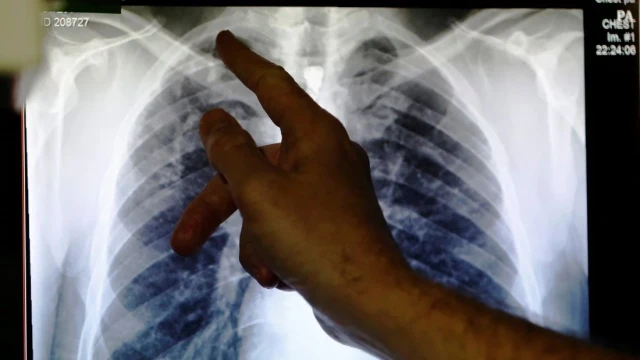
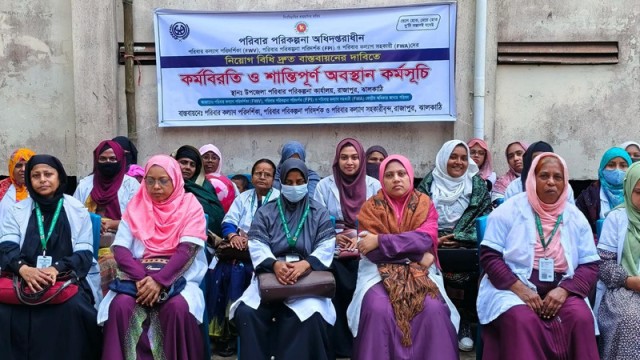
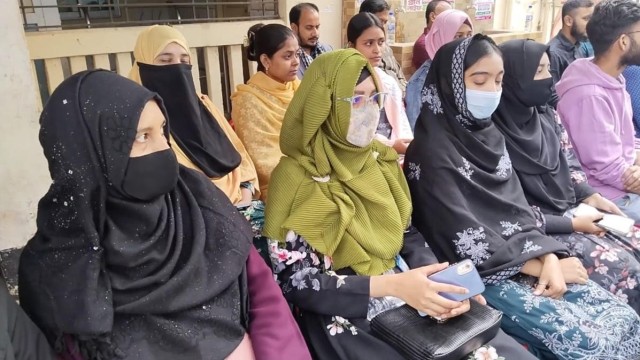
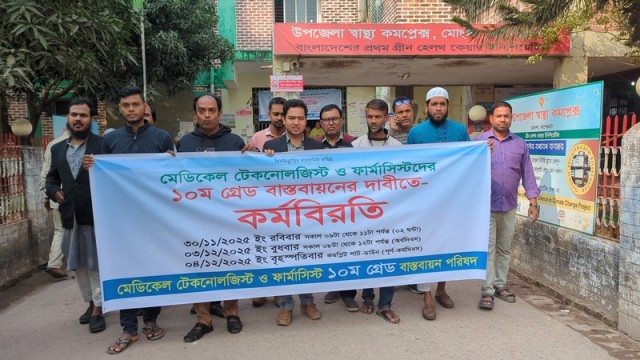


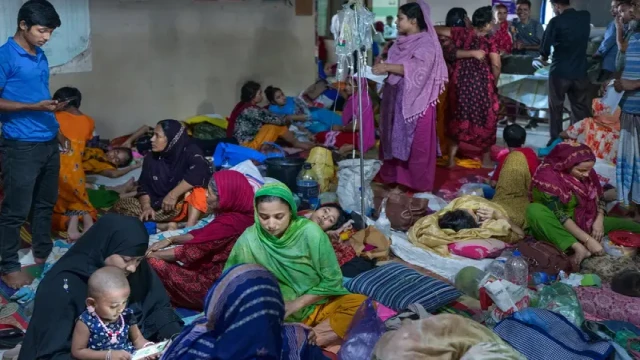




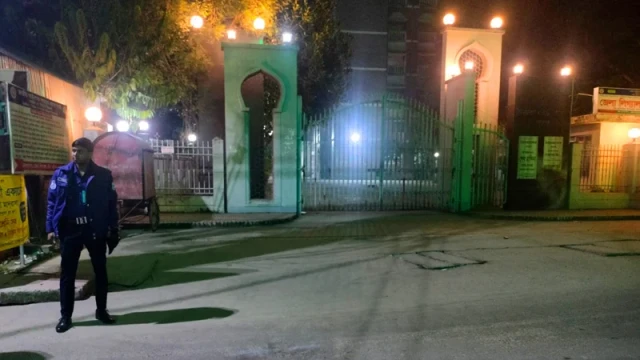

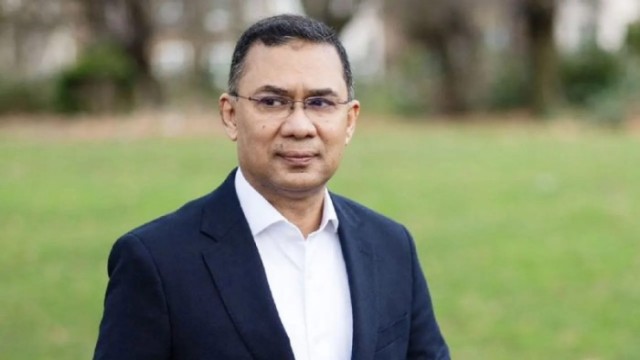

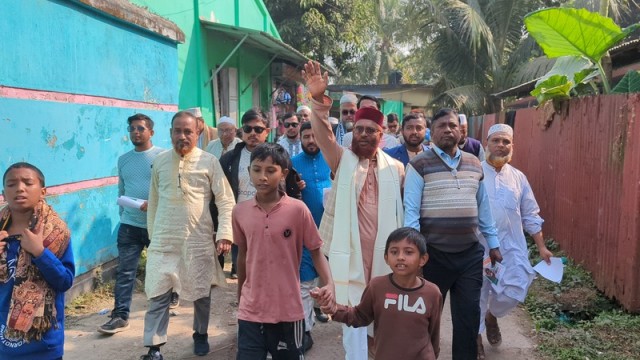


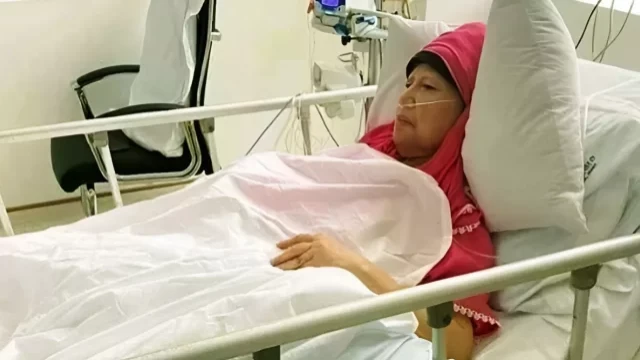
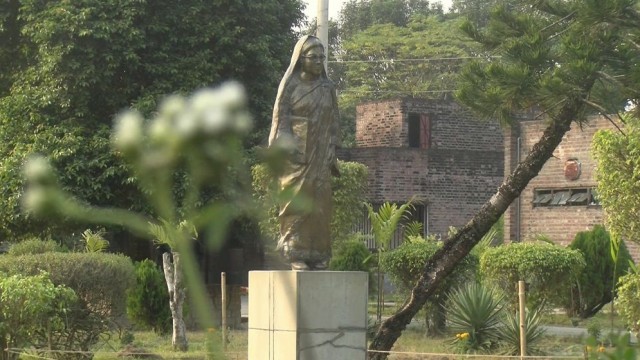



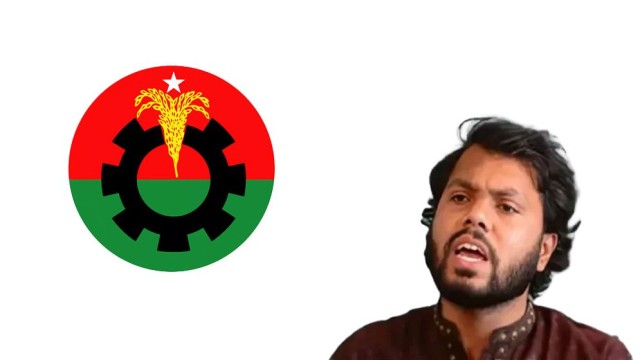

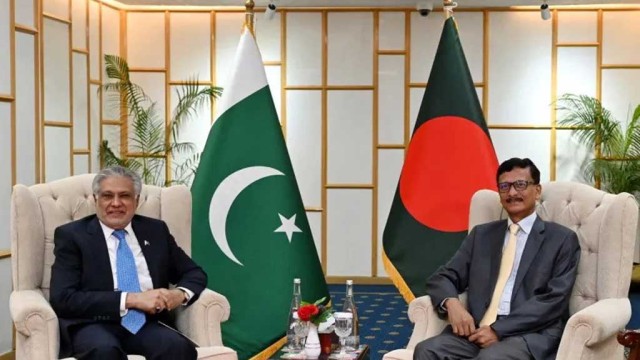
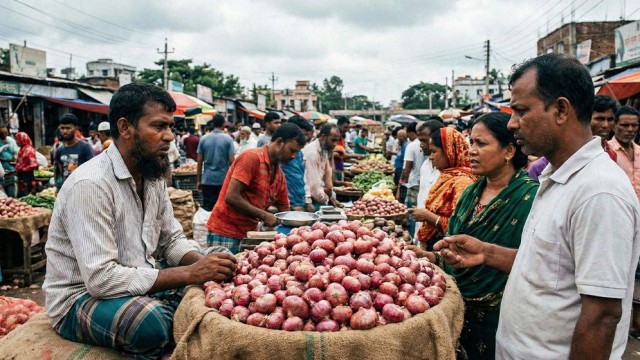

Comment: